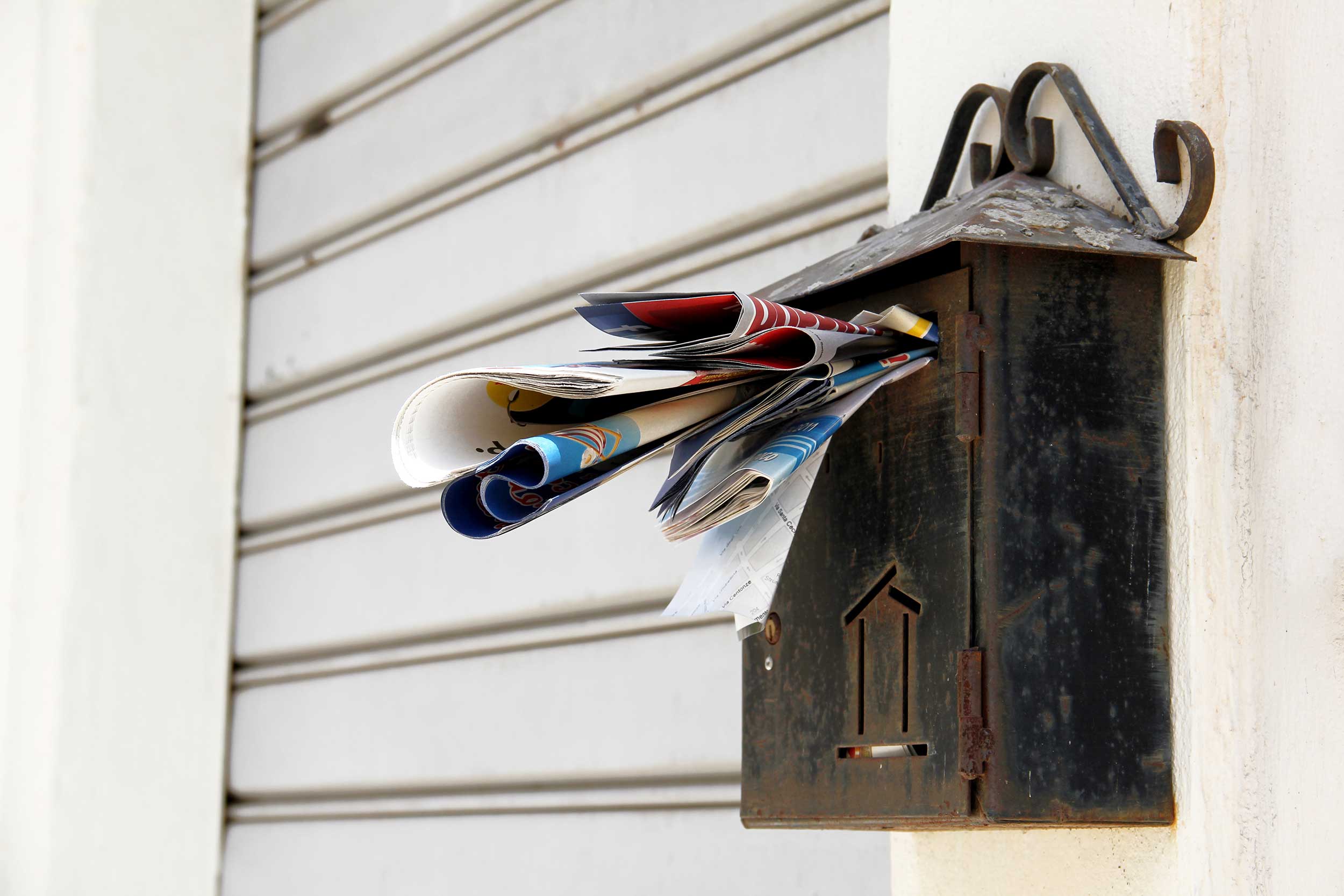This post has been updated. It originally published on Jan. 18, 2024.
A Frontgate catalog, a Fresh Direct postcard, several indistinguishable offers for new credit cards, a bunch of catalogs and coupons from online stores you shopped at once: This mix of useless stuff is just a peek at what might be waiting in your mailbox right now–and you’re probably always asking yourself, “how do I stop all this junk mail from entering my life? According to the U.S. Postal Service, 67 billion of the 127 billion pieces of mail sent in 2022 were a melange of advertising mail like catalogs, credit card or insurance offers, and coupons. Yup: 53% of all mail is junk– and learning how to stop junk mail can feel almost impossible. Luckily, it isn’t. You can learn to stop junk mail in just a few steps with this guide.
Want more insights and tips about addressing the climate crisis?
Subscribe to the one5c newsletter here
The impact of junk mail
So, how do you stop junk mail– and more importantly, why should you? Junk mail amounts to a lot of resources going into something most people don’t even want, says Deborah Williams, a lecturer at University of California Santa Barbara’s Environmental Studies department. Between 80 million and 100 million trees are cut down in the making of junk mail each year. There’s a dearth of peer-reviewed data on the topic, but by some estimates floating around the web, the emissions associated with production and distribution alone are equivalent to the tailpipes of 9 million cars.
Sure, paper recycling rates are among the highest of all goods (around 68%), but for marketing mail it’s lower than that. The last time the EPA tabulated granular data for junk mail was 2005, and the recycling rate then was closer to 36%, with 52% headed to the landfill.
Why do we get so much junk mail?
Here in 2024—and despite our increasingly digital lives—the volume of physical mail is actually growing. Per USPS stats, junk has been steadily rising since 2020, perhaps because it’s lucrative for the agency as well as marketers.
Those piles of paper generated $16 billion in revenue for USPS in 2022, an increase of about a billion and a half from 2021. Marketing mail also costs about one-third the price of standard mail according to the USPS price list, making it both a cheap and effective marketing strategy for companies even if we only glance at the promos. But how do we stop junk mail from the USPS?
5 steps to stop junk mail
You certainly can’t control the USPS, but you can control what lists your address ends up on. So where to start? There are easy ways you can significantly reduce the amount of useless crap that hits your mailbox. Here’s how to stop junk mail in a few different forms:
How to stop credit card and insurance offers
How do you stop junk mail generated by all of those credit card and insurance companies? Operated by the four major credit reporting companies, optoutprescreen.com lets you get out of credit card and insurance offers. You can opt out for five years online, or you can print and mail a physical form to be off the hook permanently.
How to block catalogs, magazines & marketing mailers
The Data and Marketing Association (DMA) is the largest marketing trade association in the U.S., and it’s also one of the worst junk mail offenders. DMAchoice.org allows you to opt out of catalogs, magazines, and other marketing mail for a $5 processing fee.
How to find and slay even more catalogs
Think of catalogchoice.org as a free (but more manual) version of DMA. It lets you say “no” to individual catalogs—some of which might not be associated with the DMA.
How to nix coupons
To cut out unwanted coupons, go directly to the biggest purveyors like Valpak, Save, and Mspark to remove your address from their registers.
How to address the dregs
If you take the first four steps, Williams says you should see your junk mail drop significantly after 3-4 months. At that point, look closely at the unwanted promos for websites or phone numbers where you can ask to be taken off mailing lists one-by-one. This applies to donor solicitations, political mailers, and member mail (think things like Costco or an alumni association).

